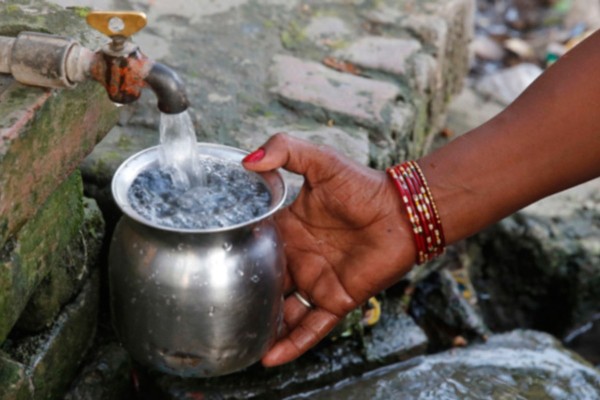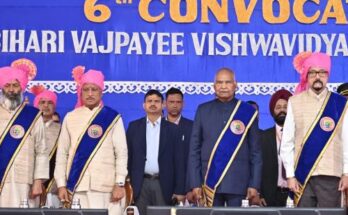
Team News Riveting
New Delhi, April 20
The Annual Action Plan for Jal Jeevan Mission (JJM) was presented by State of Chhattisgarh today via video conferencing. During the presentation, the State reiterated the commitment to achieve the ‘Har Ghar Jal’ target as planned.
The exercise of discussing and finalizing the Annual Action Plan (AAP) of States/ UTs under Jal Jeevan Mission, is done by a national committee chaired by the Secretary, Department of Drinking Water & Sanitation. Thereafter, funds are released based on quarterly progress and expenditure incurred from time to time, coupled with regular field visits by the national team to guide and provide technical assistance for smooth implementation of the planned activities to make every village ‘Har Ghar Jal’ under Jal Jeevan Mission.
Chhattisgarh has around 45.5 lakh rural households, out of which only 5.7 lakh (12.5 per cent) have tap water supply. In the year 2021-22, about 22 lakh tap water connections are planned to be provided. The State also plans to saturate 2 districts this year.
In 2021-22, Chhattisgarh is likely to get about Rs 1,000 Crore Central fund under JJM. The committee advised the State to make a provision for matching State share and expenditure plan for effective utilization of funds. During the presentation, the committee advised the State for convergence of different sources of funds to ensure judicious utilization of resources, focus on coverage of priority areas like water-quality affected areas, water-scarce areas, SC/ ST dominated habitations, Aspirational districts, PVTG areas and Sansad Adarsh Gramin Yojana villages, emphasis on IEC activities, etc.
Chhattisgarh State is working on sustainability/ development of drinking water sources and to tackle geogenic contamination in water. State has done good progress in Solar dual mini water supply schemes.
Under Jal Jeevan Mission, priority is being given on water quality surveillance through active participation of frontline functionaries as well as involving the local community. 5 persons especially women are being trained in every village to use the Field Test Kits to test the quality of water. Every source needs to be tested once every year for physical and chemical parameters and twice for bacteriological contamination. Public Health Engineering Department/ Rural Water Supply department of States is ensuring the supply of safe drinking water to rural homes and monitoring water quality on regular basis by testing in the laboratories. The national committee suggested focusing on testing & treating contaminated water and to plan NABL accreditation of water testing laboratories during the current year.
During the Covid-19 pandemic situation, the availability of safe water for one and all in rural households will be helpful to combat the virus.



